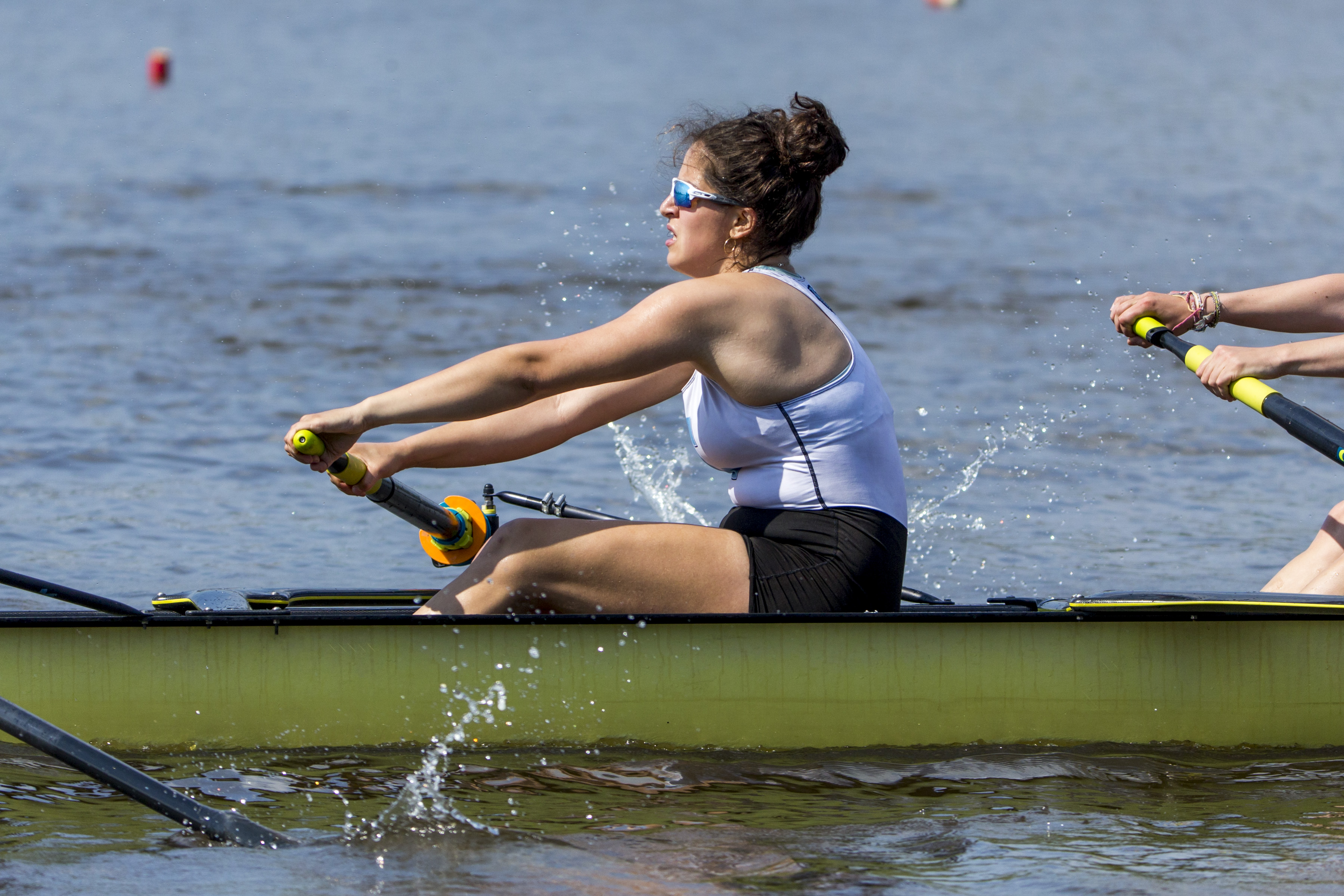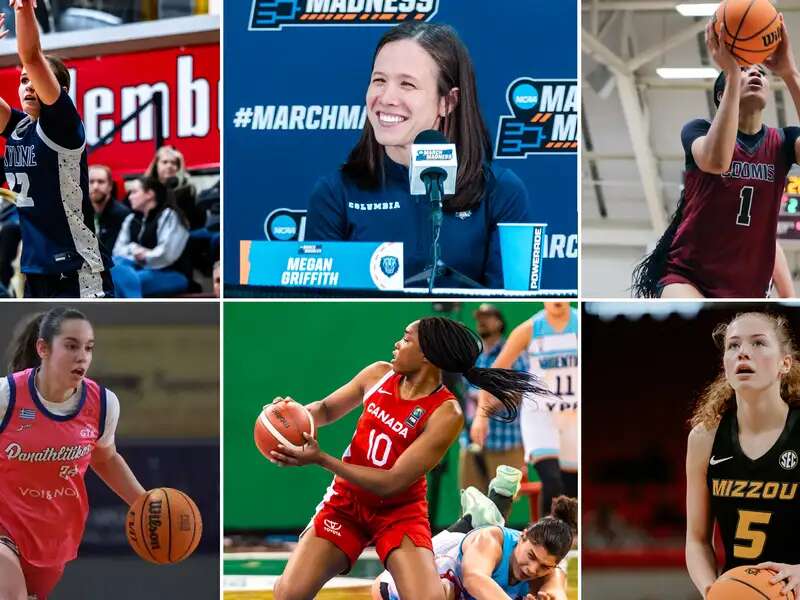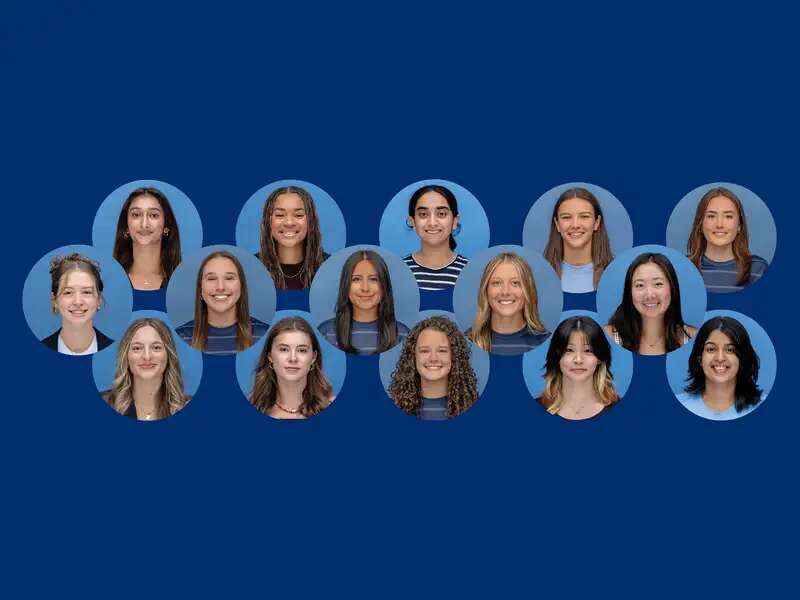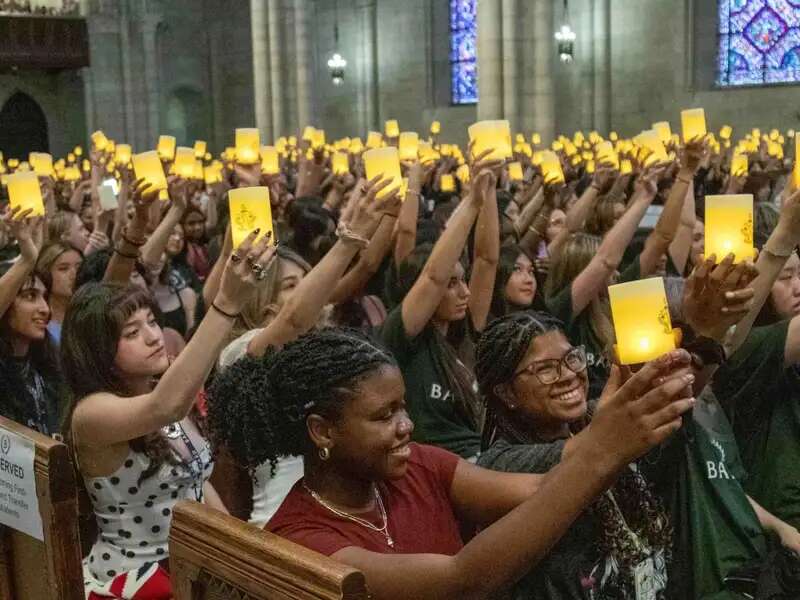For student athletes, devotion to their sports often shapes their time on Barnard’s campus as they challenge themselves physically and mentally on a daily basis. Even with the significant restrictions of the past year, Barnard’s athletics program — a unique partnership with Columbia University that allows students like Ruba Nadar ’21 to compete in NCAA Division I sports through the Columbia-Barnard Athletic Consortium — some students will still be graduating with a wealth of memories from their years of competing. Nadar, a member of Columbia’s women’s rowing team, reflects on her journey as an athlete and what this experience will mean to her moving forward.
How did you first get into rowing, and how has it affected you since?
I started rowing at age 13. I was in eighth grade, and the high school coach asked me to start rowing on my own in preparation to join the team. As someone who brought up the class height average by two heads from age 3, I was told that this was the sport for me. It required power, legs, and commitment — at the time, I could only confirm I had two of the three. I began rowing once a week on the Thames River.
In short, I hated it. I struck a deal with my father that if I made it through freshman year, then I could quit if I was so convinced. Ah-hah! Here I am, in my ninth year of rowing, all the stronger, and all the wiser, depending on who you ask.
Rowing at Barnard has affected my life in so many ways. The most notable are the lifelong friends I have made, the brilliant coaches I’ve worked with, and the athleticism I have had the privilege of developing. Being an athlete on my team — and specifically a Barnard athlete — has brought me such immense pride and passion during my time here. Despite the loss of two seasons of competition, the opportunities I have had to excel and compete are even more memorable now that they were cut short.
How has being an athlete translated into your classroom experience?
My average day as a student athlete would start with a 5:30 a.m. alarm. I would jump out of bed, lay out several layers of clothing to prepare for any weather condition, and run over to the bus while inhaling a rice cake with peanut butter. After a tough practice, I would arrive to class with newly blistered hands and a rivery scent — needless to say, I got my fair share of stares from classmates. Starting the day with such energy and haste dictated the rest of each day. Having practice six days a week, sometimes twice a day, meant that my work had to be done in order to get enough sleep and complete my coursework. What continues to translate brilliantly is the energy that both the athletic and academic communities share at Barnard and Columbia. These communities are strong, smart, and constantly inspiring. Both have balanced each other out in my life at Barnard, and looking back, I don’t know how I could have done one without the other. The teammates and classmates I have been surrounded by for four years now have made me the person I am today.
What is your favorite memory of participating in athletics at Barnard?
Every sun-filled afternoon row, grueling erg, and deafening moment of silence before starting a race all represent a mishmashed memory of what it feels like to have trained and competed alongside my team. If I had to pick a favorite memory, I would say my sophomore season was particularly exciting for me. I raced in the second varsity eight, and on one occasion, the first varsity eight. Just a year prior, I was not at all a leading athlete on the team, so racing alongside some of the best rowers in the Ivy League so early into my time at Barnard gave me a taste of what it means to be an athlete at this level and fueled my motivation to keep working hard as an individual in order to support our team.
I could not list my favorite memories of participating in athletics at Barnard without also mentioning Athlete Ally. In my junior year, my teammate and I co-founded Columbia/Barnard’s chapter of Athlete Ally, a national advocacy organization working to end homophobia and transphobia in sports. We launched the exciting initiative last spring just before we were all sent home, but despite a virtual semester we have formed an e-board made up of both Columbia and Barnard student athletes. This has been the most standout memory of this uncertain year. More importantly, it represents something that I have given back to the athletic community at Columbia and Barnard after everything that it has given me.
What led you to your chosen major?
I credit my mother for my love of art and art history. My deep-seated interest in both the practical and academic side of these fields began at a young age, so by the time I was ready to declare my major, it was a no-brainer: art history. The bonus was adding my visual arts concentration, which has given me the opportunity to develop my own art practice and my future aspirations of becoming a practicing artist. I credit the studio courses I have taken at Barnard for steering me in my current direction, as an artist and, specifically, as a painter.
As a Scholar of Distinction at Barnard, I have also conducted my own research and had the academic space and resources to explore the more niche realms of art and art history. Being a part of this program from the start gave me time to explore what these academic interests were and how they applied to my life and my identity.
What are your plans post-graduation?
Next year, I plan to stay in New York and work in the art world while also continuing my own practice as a painter. I hope to grow my portfolio of works with the goal of applying for an MFA in painting later on so that I can fulfill my dream of being a full-time artist.



